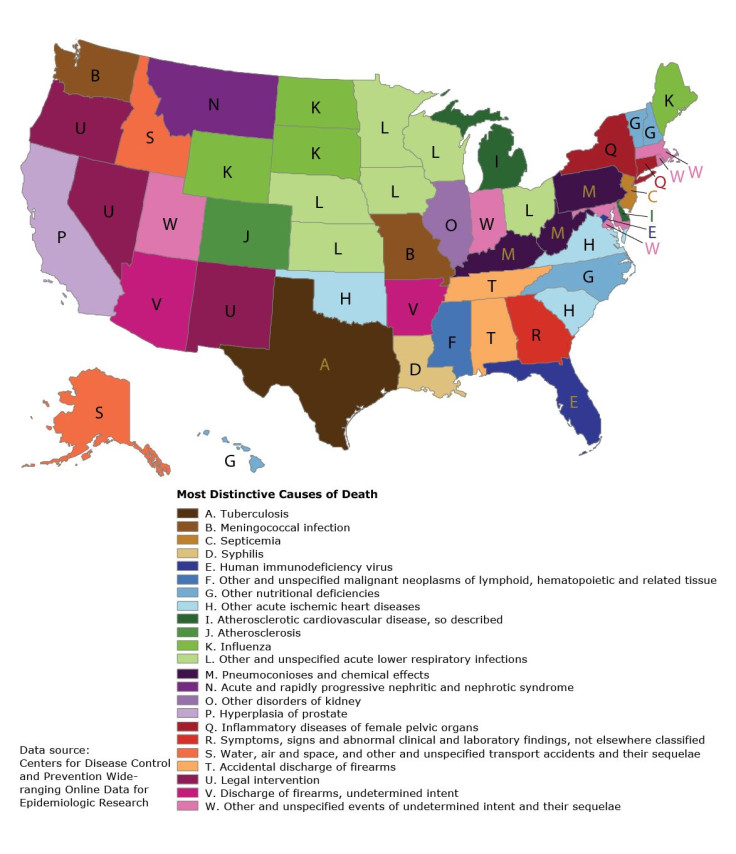Pelvic Inflammatory Disease Kills More Women In New York, Double The National Average

Untreated sexually transmitted diseases (STDs) can cause pelvic inflammatory disease (PID), a condition that infects a woman’s reproductive organs. The Centers for Disease Control and Prevention reports it’s unusual for women to die from PID, but in New York, more deaths occur than anywhere else in the United States.
The CDC arrived at its conclusion after analyzing the International Classification of Diseases, 10th Revision, as well as the list of 113 selected causes of death published by the National Center for Health Statistics, for “a more nuanced view of mortality variation within the United States than what can be seen by using only the 10 most common causes of death.” The CDC mapped the data and depicted the one distinctive cause of death for each state. In New York, it was PID; elsewhere, like in Florida and Texas, it was HIV.
Each cause of death was found to be significantly higher than the national average, though the CDC noted other causes of death fitting the same profile were not mapped. The map was designed to show the rare causes of death. For example, the total number of deaths calculated in 22 states was under 100. Connecticut was the only other state where PID resulted in a significant number of deaths compared to the national average.

"I feel like there's really almost 51 stories to tell with this," Francis P. Boscoe, study author, told the NY Daily News. "Many of [these states] have an idea of what's going on and some are kind of mysterious, like New York."
PID is often caused by gonorrhea and chlamydia, symptoms of which often go unnoticed. Women who don’t treat PID risk damage to their reproductive system, making it difficult to get pregnant in the future. The CDC advises women who experience pain in their lower abdomen, a fever, or any unusual discharge with bad odor to schedule an examination with their doctor.
While the report conlcudes “chronic disease prevention efforts should continue to emphasize the most common conditions,” this map, or a similar outlier map, should be on the radar of public health professionals. They added it’s especially true for community physicians “who receive little or no formal training in this area."
Source: Boscoe FP and Pradhan E. The Most Distinctive Causes of Death by State, 2001–2010. Preventing Chronic Disease. 2015.



























